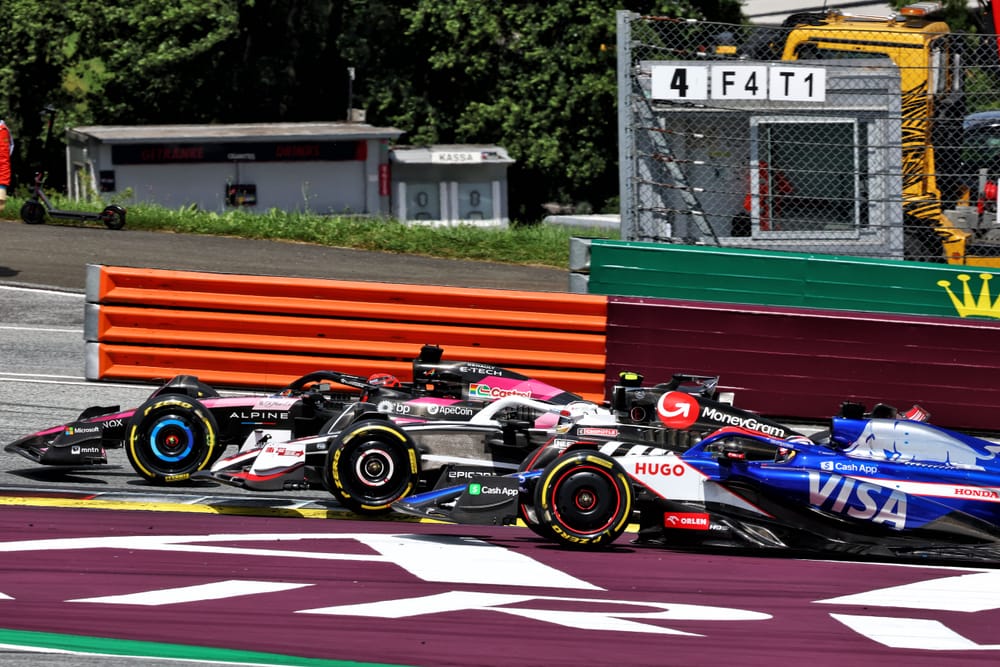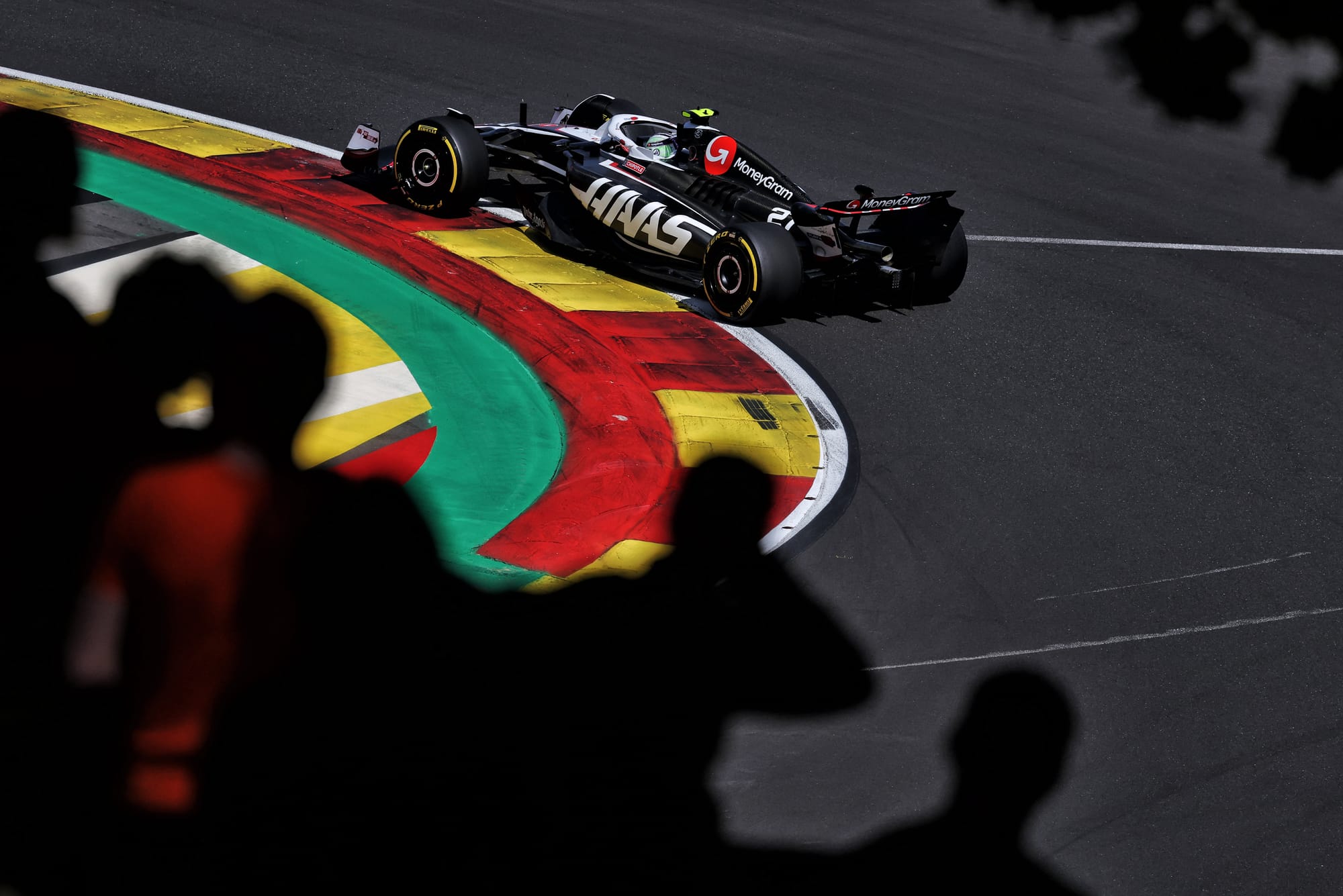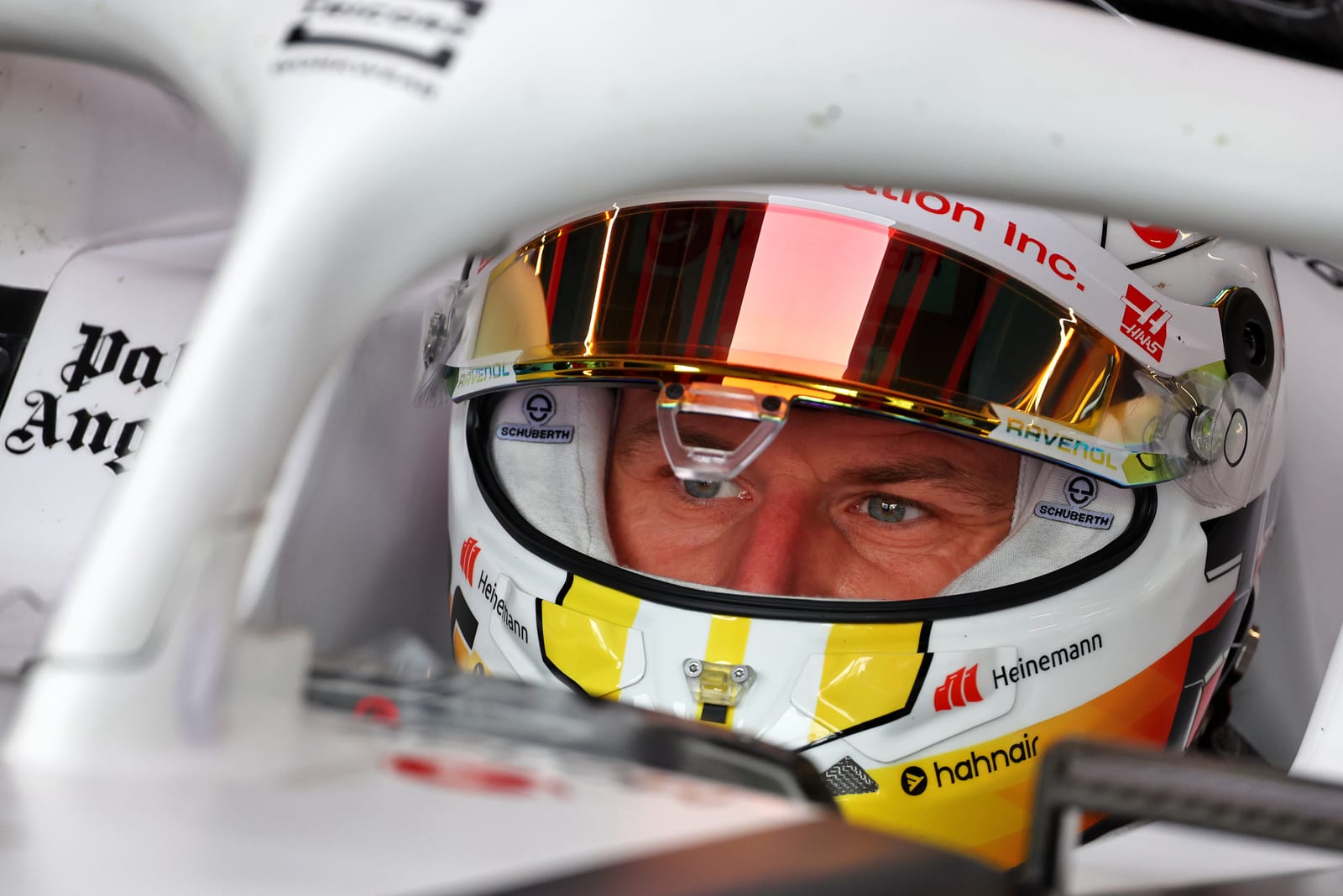Up Next

Formula 1's smallest team should be last. And yet, it isn't. Formula 1's smallest team should not be scoring more points than Audi's future works entry and Renault's current works one combined. And yet, it is.
Haas is vying with Red Bull's second team for sixth in the championship, on course for its best season since 2018.
It is beating Audi-owned Sauber, Alpine and big-spending Williams. But objectively, it should be last. Right?
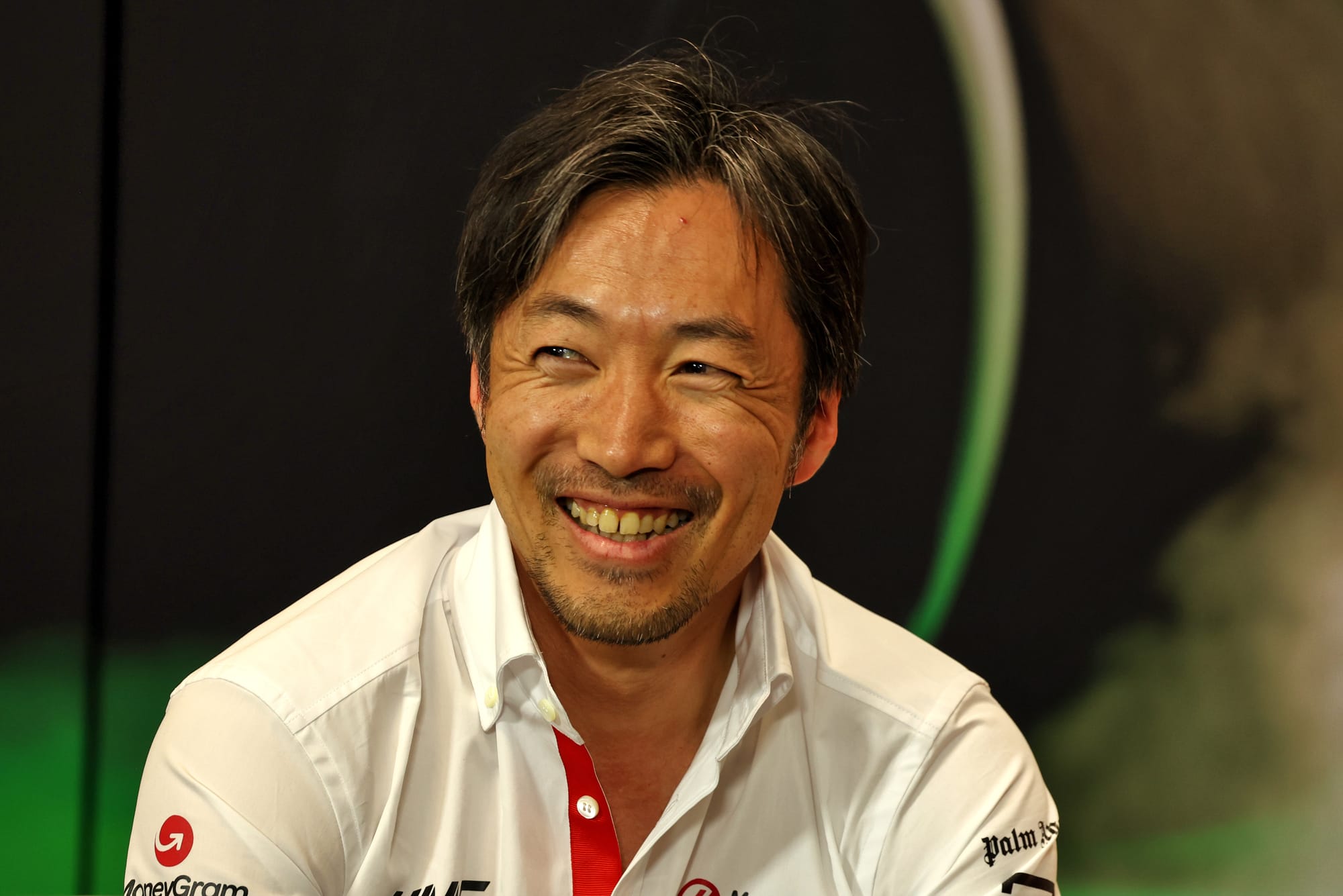
"Absolutely," team principal Ayao Komatsu tells The Race. "Absolutely. Simple numbers isn’t it?
"100% my line of thinking is exactly like that. This is why I said I expect us to be 10th in Bahrain, because I cannot rely on other people underachieving.
"I have to assume other people have developed over the winter, at least the same amount as us. Because we were last last year, we are the smallest team, then it can only be 10th, unless other people underachieve, which other people did."
The underdog glory days are back for Haas, as while the peaks might not be quite so spectacular as in its early giant-killing seasons, F1 is a very different place now.
When Haas does well, it can pick off underperforming rivals. That has been true throughout its history.
But it has become inconsistent itself and gone through the doldrums, sparked primarily by team owner Gene Haas losing faith or interest (or both) and expecting more than is realistic: he doesn't believe F1's smallest team should be last.
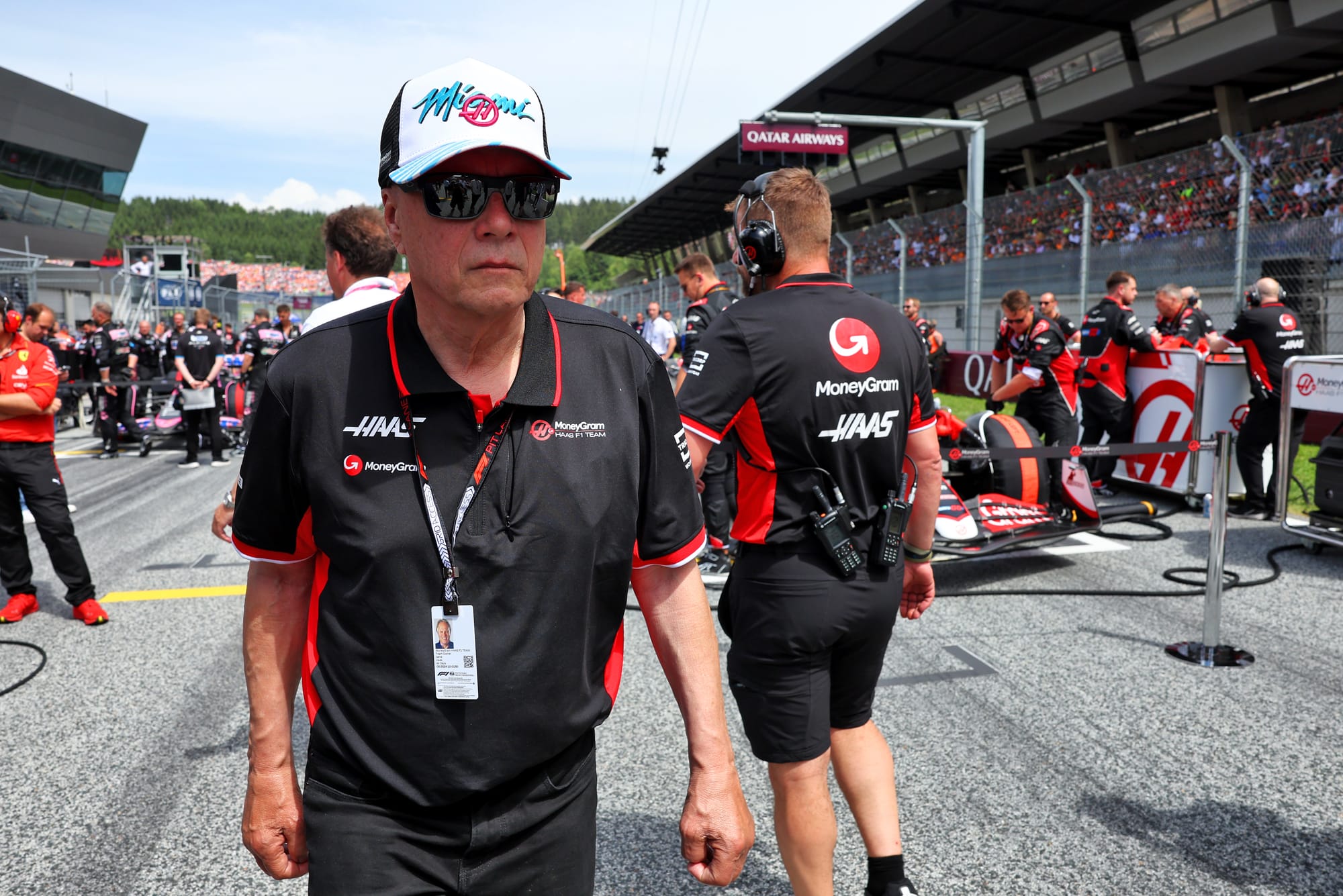
The difficulties inflicted by that reality, and the ceiling it imposed on the team, with no obvious sign of anything changing, is why long-time team boss Guenther Steiner left over the winter.
In his place came Komatsu, the team's former director of engineering. And with new leadership has come fresh momentum: Haas is beating bigger teams again and may well have its best year since that 2018 peak.
But is this a real turnaround or just F1's version of the 'new manager bounce', where a team's fortunes temporarily improve by replacing the person in charge?
Haas wouldn't exist without Steiner, but by the end of his tenure the issues with Gene were never going to result in progress. There were ultimately irreconcilable differences and splitting was best for both.
Komatsu's job is improving where he felt the previous regime had reached an impasse and using the better results to generate goodwill from the owner.
A much better 2024 season indicates that the potential may not have been totally tapped out after all.
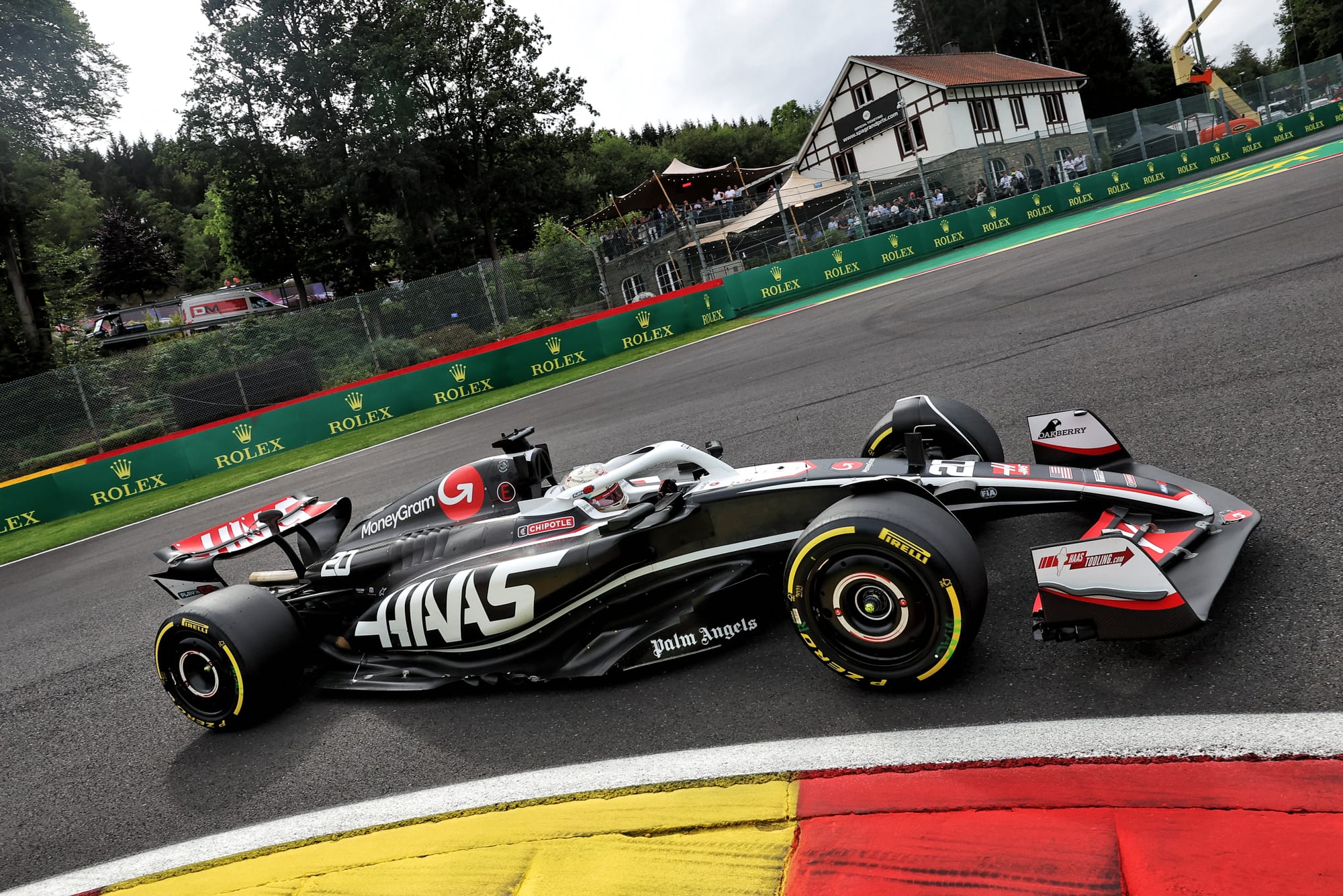
Knowing for sure is impossible but Komatsu's adamant he has been able to identify fundamental things that were holding it back and were within its power to change quickly.
"It's a matter of constraints," Komatsu says. "So, I believe that with my experience with this team, with the same framework, same constraints, I knew that we were not getting maximum out of it. I knew there was a margin of improvement without changing these constraints.
"That's my first task - to prove to Gene that we can be better with the resources given to us, without any further investment. Without doing this - prove that we can do a respectable job - Gene wouldn't invest.
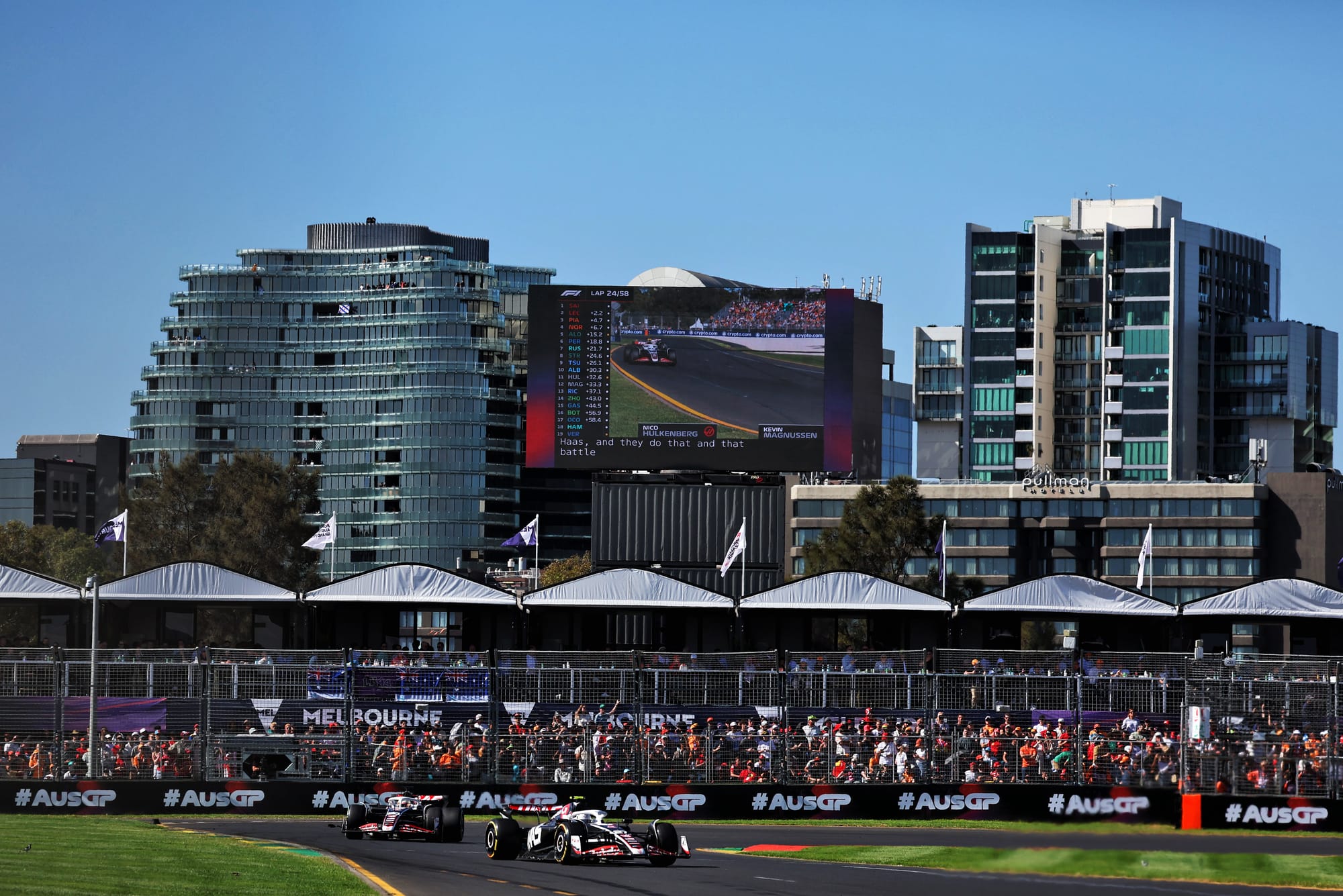
"After Melbourne [race three at the end of March, where Haas got both cars into the points for the first time since mid-2022], Gene already started investing, because he can see that we are going in the right direction, we are getting more out of what we got.
"To improve the team further, we've got to start moving the constraints further, whether it's resource, whether it's hardware, whether it's the way our business model is, manufacturing, every single aspect of your business, to get that ceiling higher. But at the same time, keep getting the maximum out of it.
"There is a possibility that we get less out of it because things start being dysfunctional. We've got to grow at the rate that it's organic, that's what I'm conscious about."
Which raises an interesting philosophical question about Haas: is its model fit for purpose now, versus when it entered F1, and how much can it grow without a fundamental change in how the team is composed?
Its headquarters is in Kannapolis in North Carolina, but the operations base in Banbury in the UK is much more important (and is where Komatsu is based).
Then there's the design hub at Ferrari's Maranello campus, the supply of as many parts from Ferrari as the rules allow, and the work done by Italian company Dallara.
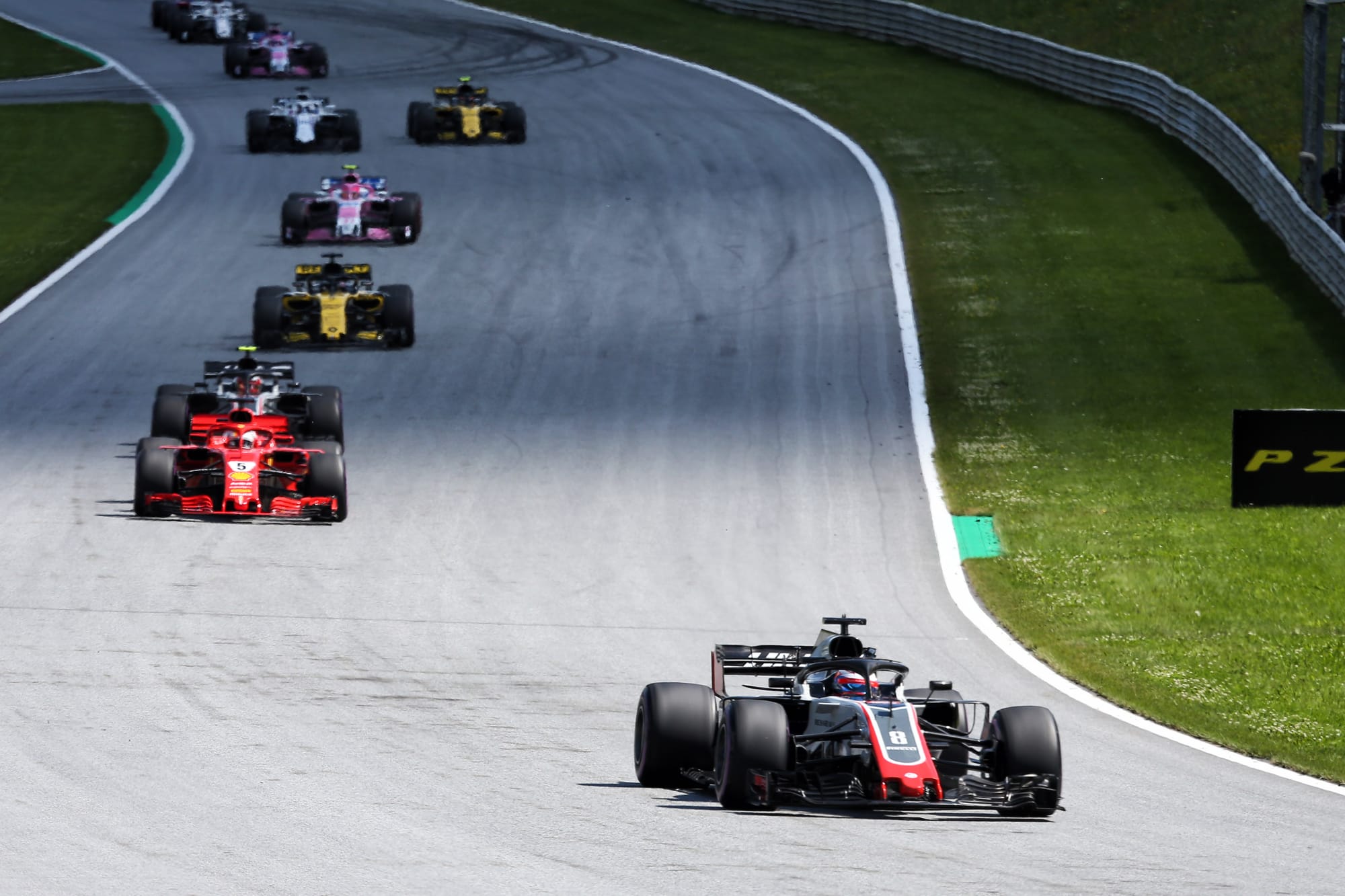
Back when Haas was doing stunningly well with its extremely dependent (and controversial as a result) Ferrari customer arrangement, several teams left the door open.
McLaren was in real strife at the back end of its disastrous Honda union. Force India entered administration. Sauber was emerging from a long-running financial crisis, Williams falling deeper into one and still a few years from being sold to the owners now pumping in big investment.
As those teams have slowly sorted themselves out - although Sauber and Williams trailing Haas again shows they still have many weaknesses to overcome - and Haas slipped into having more disappointment than success, the consensus has largely been that F1 has moved well beyond the limited Haas arrangement that was crucial early on.
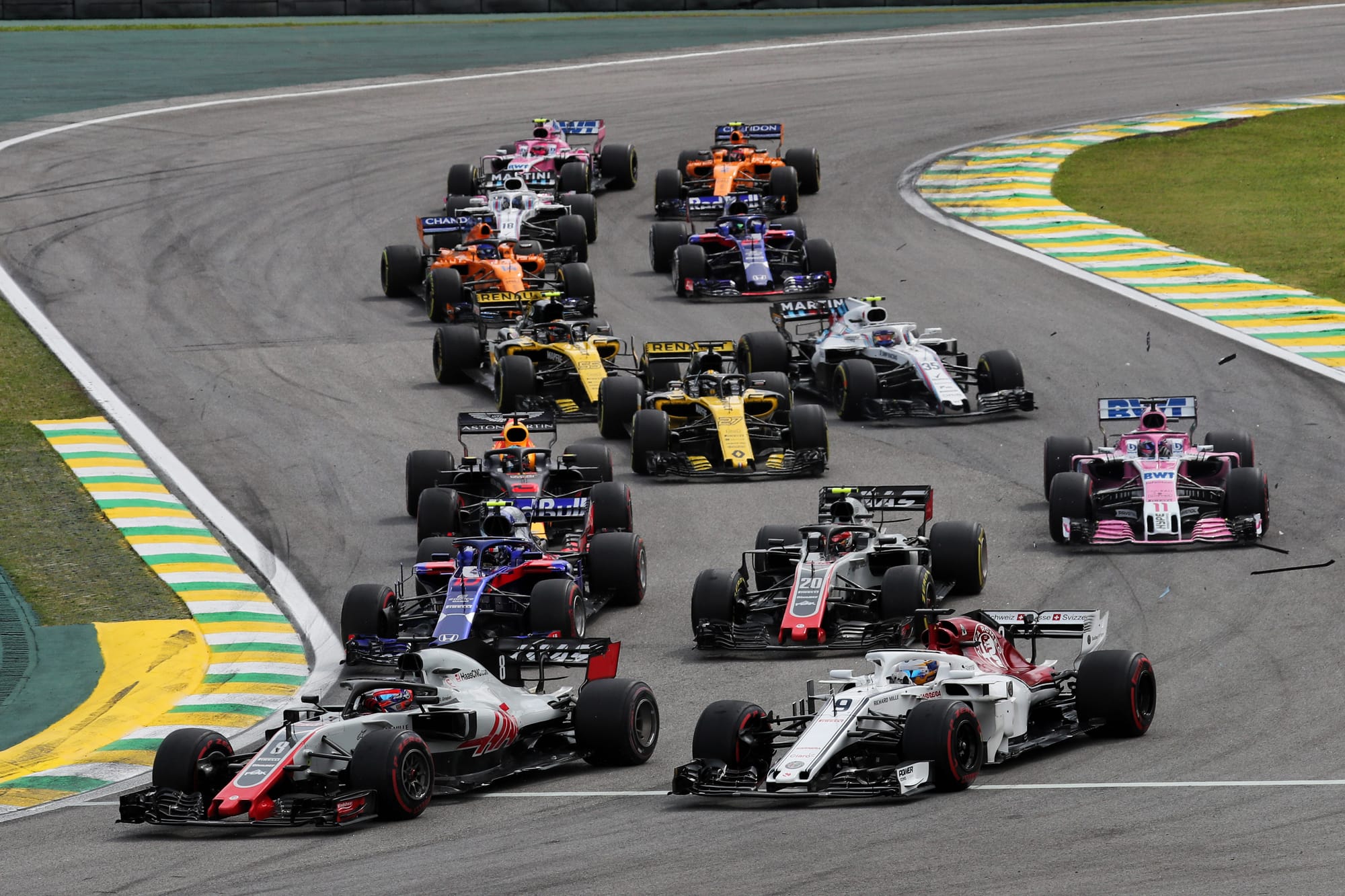
"That's almost the first question I had to ask myself before accepting this job," Komatsu admits. "Because I had a certain perception of where the bottleneck is, the fundamental issues.
"For instance, one of the things was location, because honestly, we weren't working very well together as a team. So that's a fundamental issue. And I thought that was really driven by the location.
"But then what I realised, once I started restructuring, once I started talking to people face to face, I spent time in the UK trying to talk with as many managers and guys as possible, then I went to Italy for one week, I realised really location wasn't the issue. It's just communication.
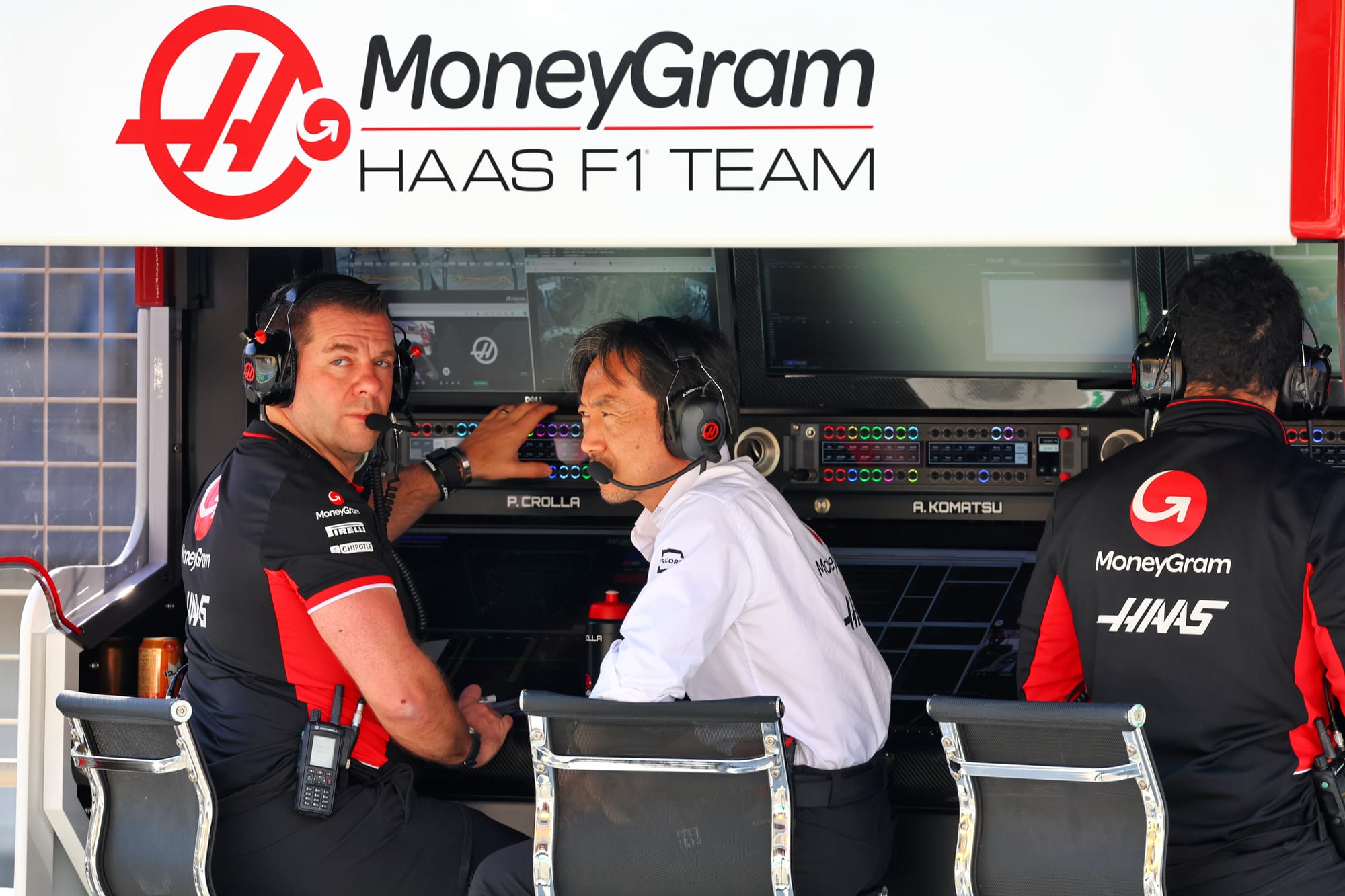
"Honestly, I did minimal changes, because if I made too many changes, we're such a small team, we're going to collapse, we're not going to function. So that was a fine balance.
"Yes, if you are setting up the team on a blank sheet of paper, this is not something you choose. But this is the reality and I came to the conclusion that [the team structure] is not the biggest issue.
"The biggest issue we have is communication where people are working together, so I just focused on that.
"At some point, location will become the bottleneck. But I don't believe we are hitting that just yet.
"I cannot tell you if that's going to happen in two years' time, five years' time, this is constantly evolving. But at the moment, it's really working well."
Komatsu has backed that talk up with action because just last month his team recommitted to a Ferrari engine deal and supply of all the permitted parts until the end of 2028, because Komatsu believes it is "the foundation of the model".
There will be no major changes in the medium-term, then. But there is a constant review of other things - or, rather, everything.
"Hardware, manufacturing, outsourcing, internal [production], whatever," Komatsu says, in order to be "more cost efficient, more time efficient".
That includes the Dallara arrangement. It does much of the Haas manufacturing work, and was an exclusive partner before this year, but using Dallara is not at the necessary F1 level in terms of speed and cost efficiency and Komatsu says that deal was already reviewed and adjusted at the start of 2024, with efficiency once again mentioned as a priority.
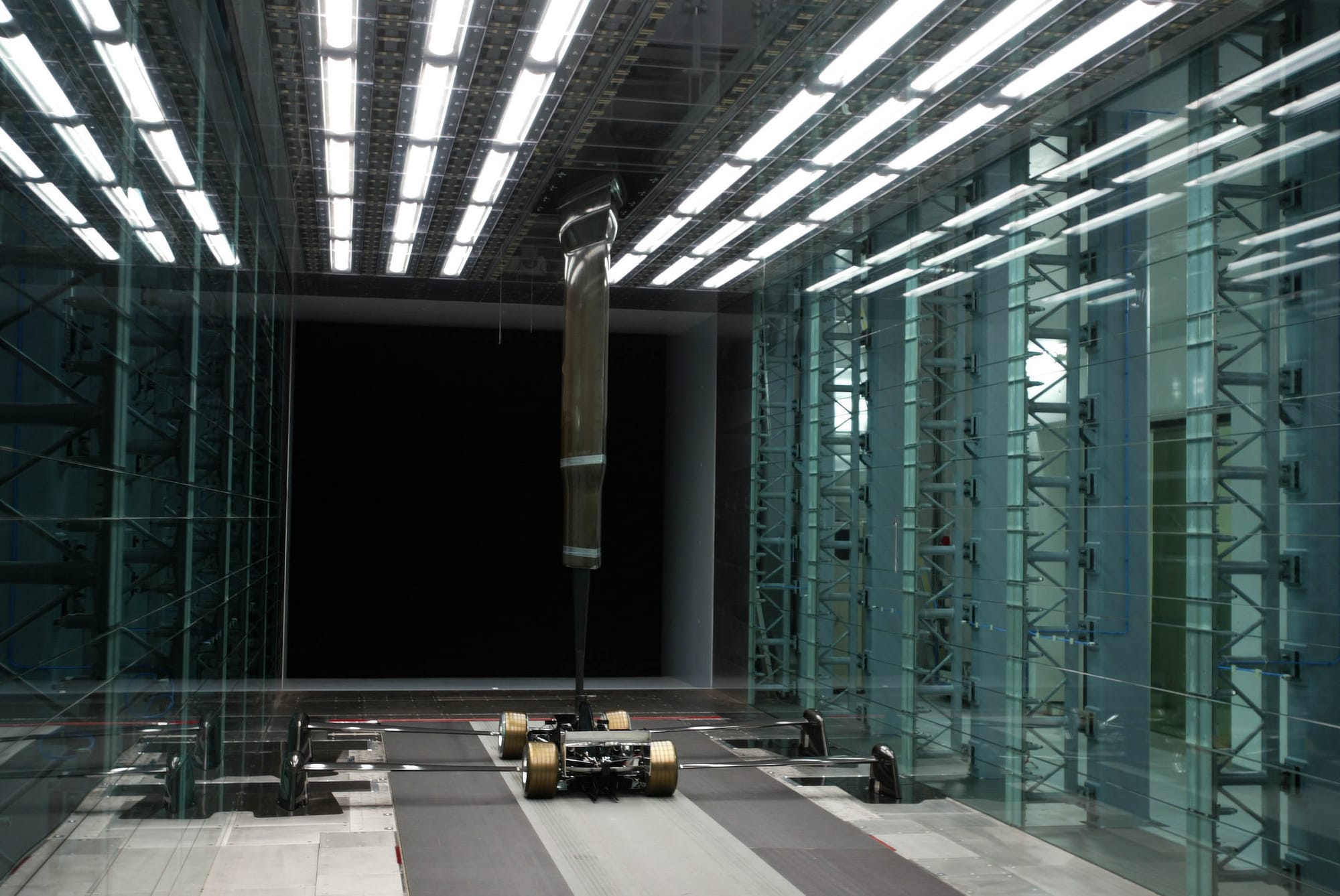
We can deduce that probably means a cheaper deal and more flexibility to use other suppliers too. It is also almost certainly why Haas is exploring a technical alliance with Toyota to use its excellent facility in Cologne, home of the windtunnel that was key to McLaren going from midfielder to frontrunner in F1 again in this rules cycle.
Moving there would give Haas a massive improvement in technical capacity, speed, and personnel.
Being open to change like that is crucial. As is, returning to a familiar theme of the Steiner era, how much Gene believes all of this. Because if the owner simply does not understand that the other teams should be beating Haas won't he simply answer any question about major investment by asking why it's necessary given the team's performing as it is, and if he thinks (for whatever reason) it could be doing even better?
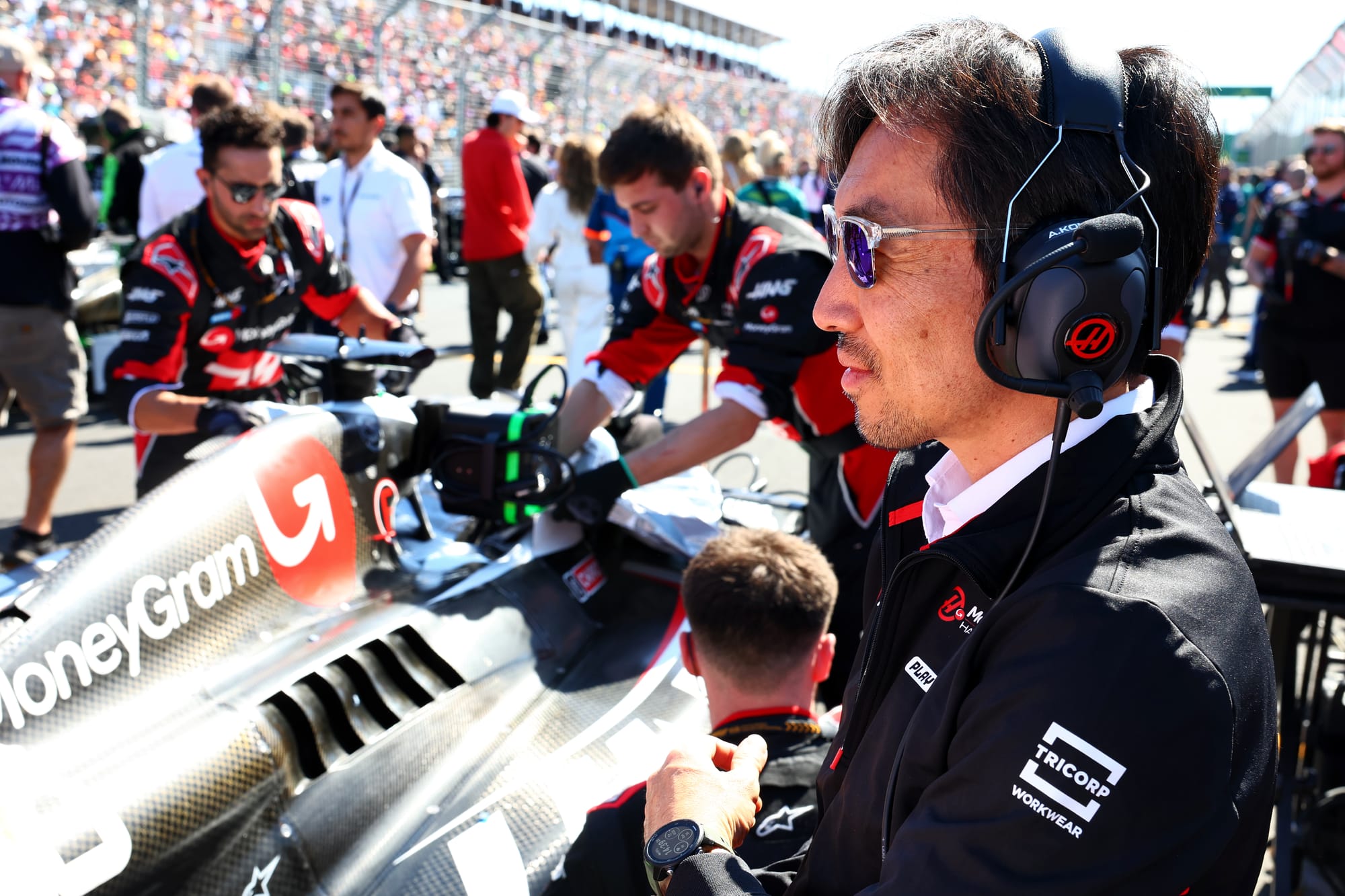
"Absolutely," Komatsu responds with immediate agreement. "But my approach is to keep Gene informed, I don't leave him outside.
"My approach from day one is to inform Gene about the reality, keep him involved. I don't bulls**t him, I don't lie to him. And then certain things he says, if I disagree, sometimes I say nothing, but sometimes I put the truth on the table. Sometimes, I have a difficult conversation, but I feel that's my job.
"My strategy is to keep him involved, then trying to - without being arrogant - get him to understand what it takes to be successful in F1.
"He has certain performance targets he wants to achieve. I'm trying to get him to understand what it takes to get to that goal, how long it's going to take, what kind of resource and investment it's going to take."
It's a critical undertaking. The bottom line is that whether the owner recognised it or not, Haas needed a lot of improvement: start working better as a team, more staff, better facilities at base, better trackside facilities, more autonomy and less dependency on others.
Some of that has been chipped away at already. Some is a work in progress. Some are much longer projects.
Haas's present is much more encouraging again - but its prospects for the future depend on how much joy Komatsu has in getting Gene to sign off on all that, how long that takes, and how successfully it is implemented.
Otherwise Gene Haas will find the smallest team in F1 is last again, whether he believes it should be or not.


